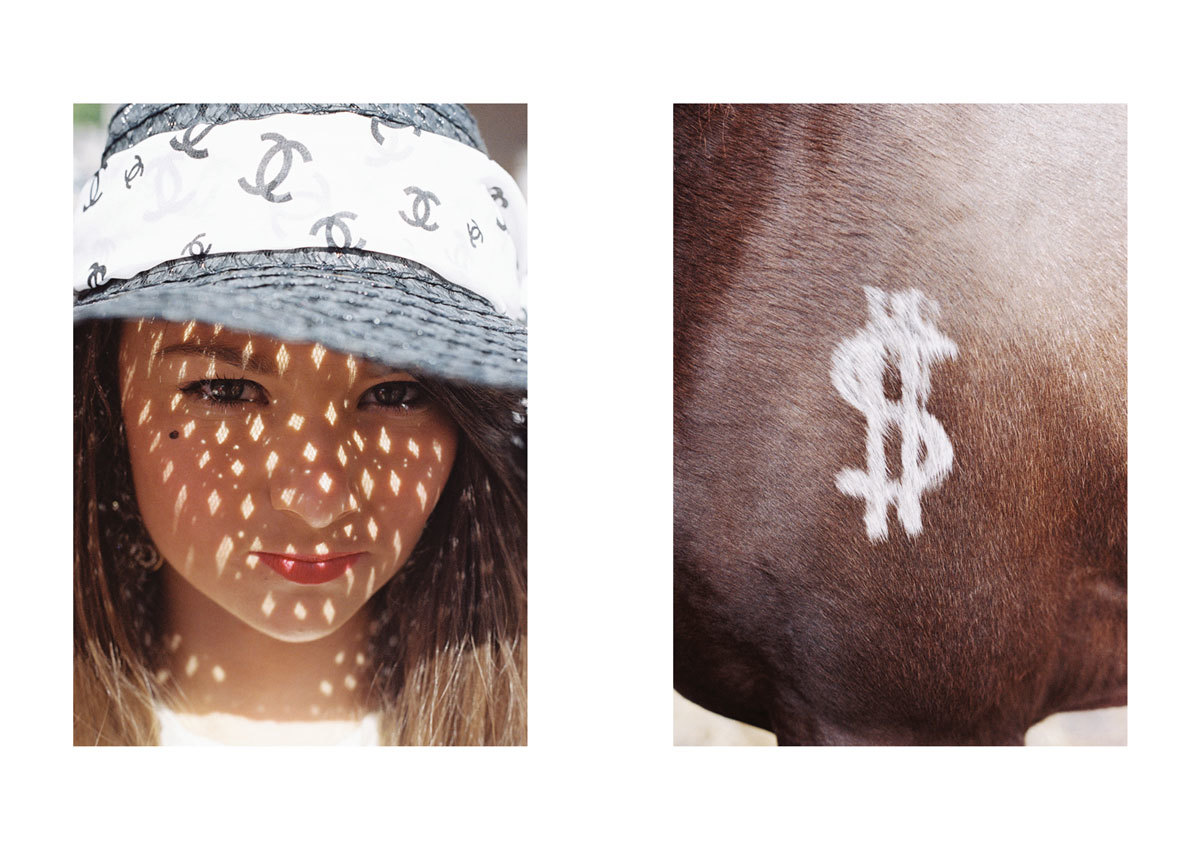Sophie Green is a documentary and portrait photographer based in south London, who has a keen interest in British culture, communities and marginalised people. She began workingon her latest project Gyspy Gold after watching My Big Fat Gypsy Wedding, and developing a fascination with the quirks, heritage and traditions of the traveller community, and made her want to discover their unique culture for herself. Sophie travelled to regional horse fairs in Appleby in Cumbria, across to Ballinasloe in Ireland, all the way south to Wickham horse fair in Portsmouth, over a period of eight months, collating the images that make up the book.
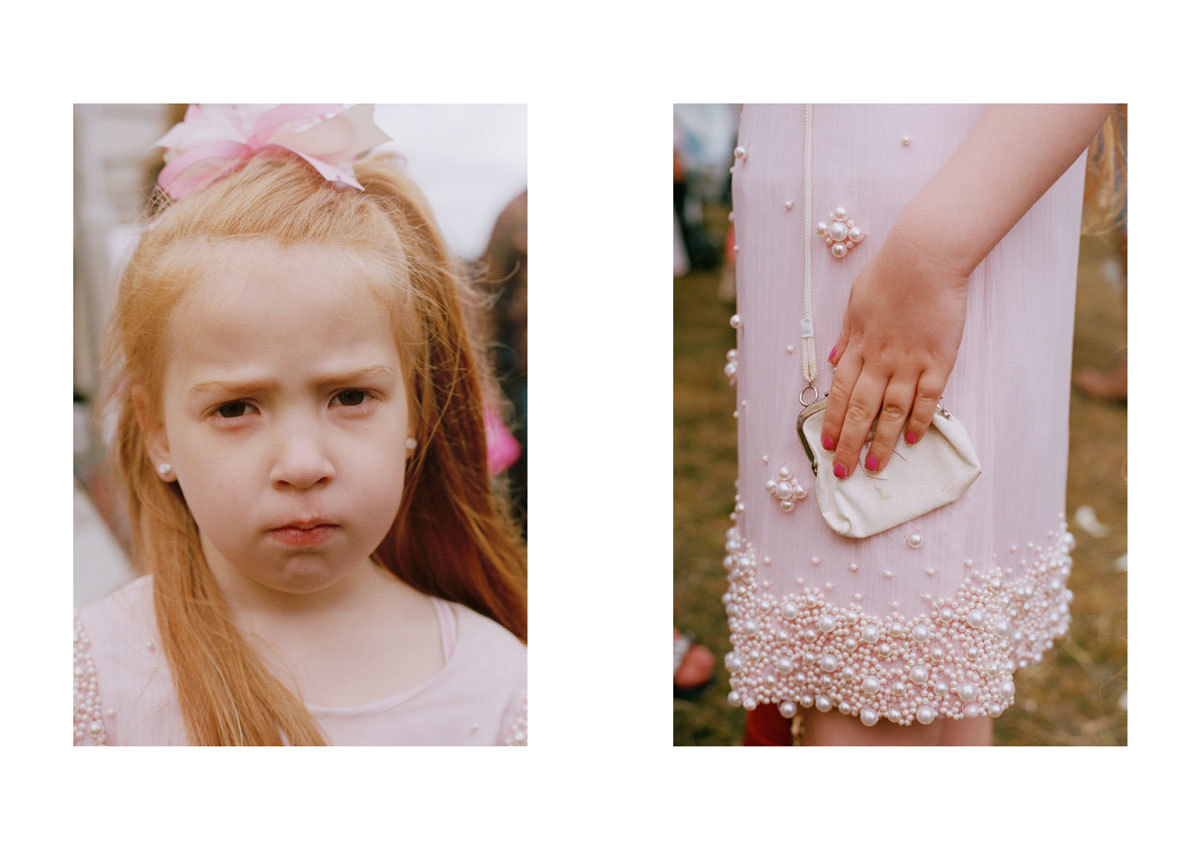
i-D caught up with Sophie to find out what she learnt approaching such a closed community and a controversial subject, and how she wanted to challenge the common misconceptions and judgments that exist in our society today.
What fascinated you most about travellers culture?
Communities on the fringe of mainstream society are fascinating because they have their own rules and moral codes. Travellers form an amazing community. At the fairs, horses are traded, girls search for husbands and friends and family from far and wide reunite. I love the vibrancy and colours of the fairs and find them totally mesmerising; incredible faces, theatrical outfits, traditional carts, horses, cockerel fights, singing birds and fortune-tellers. Whilst shooting I often felt like I had gone back in time. I became obsessed with small details — the fashion, makeup, eyebrows, hairstyles, market fakes, leather, bits and whips. It’s a series of fun incidentals that create a visual story.
Romani gypsies and travellers have been covered so much in photography, whilst shooting I was aware it could easily look and feel like a cliché — this concern heavily influenced how I photographed, often I saw a good shot but it felt too obvious.
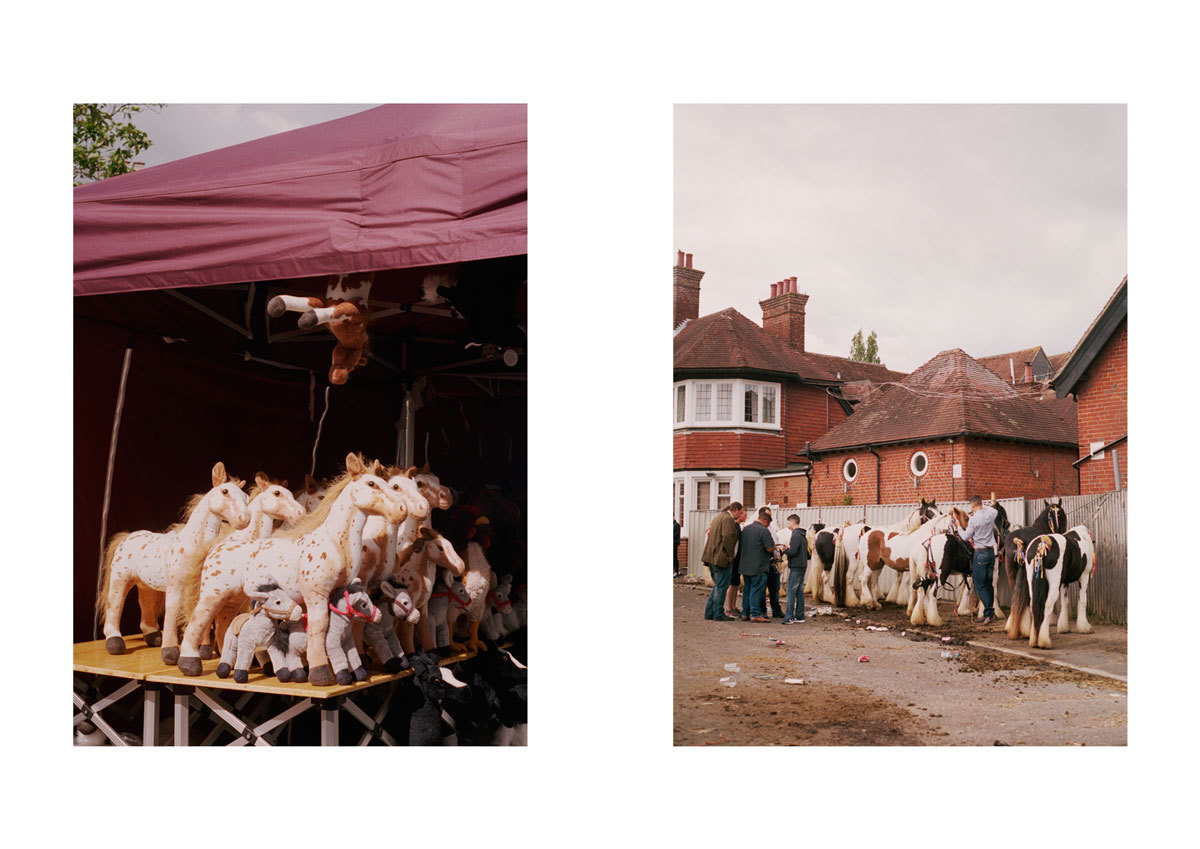
Since the My Big Fat Gypsy Wedding series, gypsy travellers have received a lot of press, not all of it good. What do you want to say about them through your series?
I didn’t want the project to become a deep, meaningful, intellectual narrative but to simply record what caught my eye and made me smile. But I hope these photographs provide an insight that is not always accessible on the surface — that they give the viewer a deeper understanding of the community and allow you to appreciate traveller culture in a new way. For all the criticism that travellers attract, I found plenty of gold.
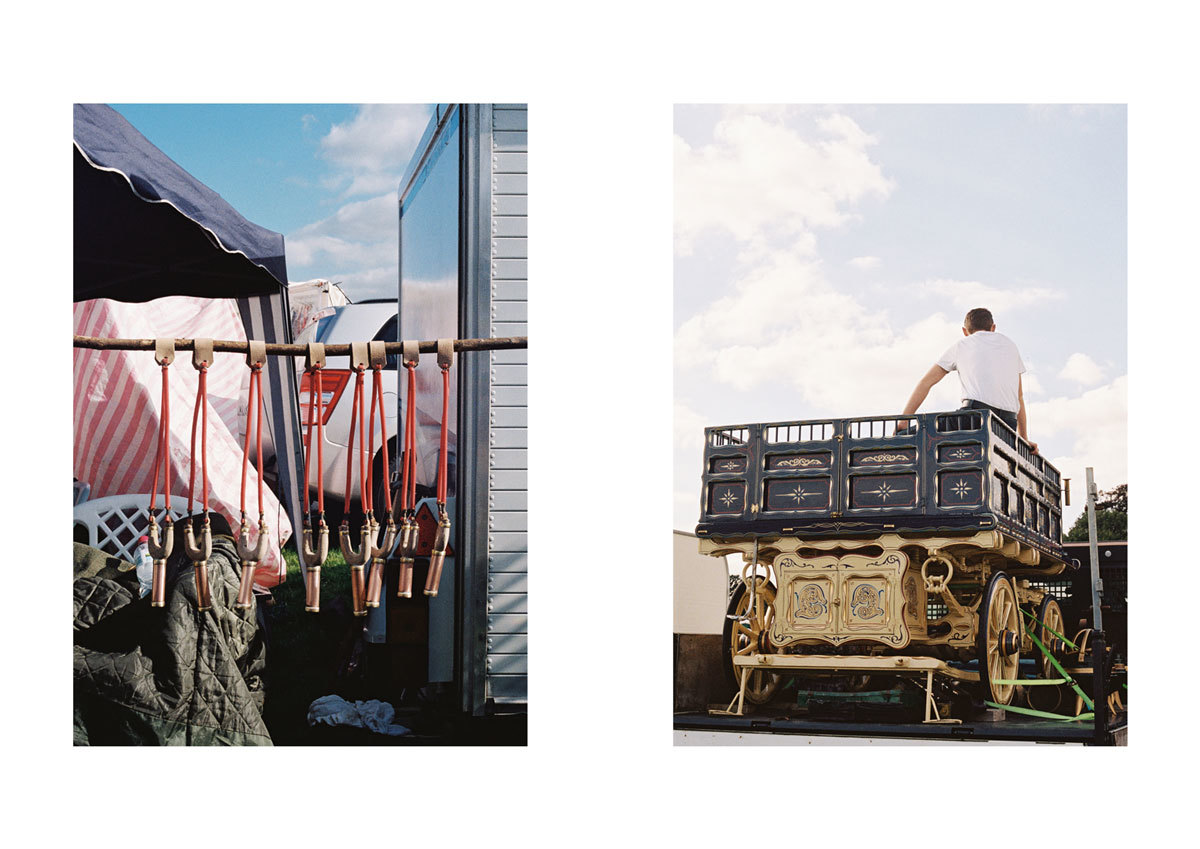
Did you experience any of prejudice towards them from local residents when you were documenting them?
Yes. There were a lot of stories the locals had to tell about when the travellers came to town!
Do you think the press have given an unfair reputation to travellers?
There’s a lot of stigma and negative thoughts surrounding travellers — that they commit crimes, they don’t work, they don’t pay tax or contribute to society in any way. In every community there are good and bad people it’s never fair or correct when generalisations are made about a community.

Were they happy for you to photograph them?
Travellers can be a fairly insular community and I did encounter problems getting people to participate — I felt there was a barrier some times but often it was because that person has had a bad experience with a photographer or knew someone else who had. I heard terrible stories about how people had found themselves on blogs dedicated to mocking gypsy culture and even a girl who found her face super imposed on a naked body on a porn site. I had to work hard to establish trust and to explain my good intentions with the project to enable the individuals I met to let their guard down.
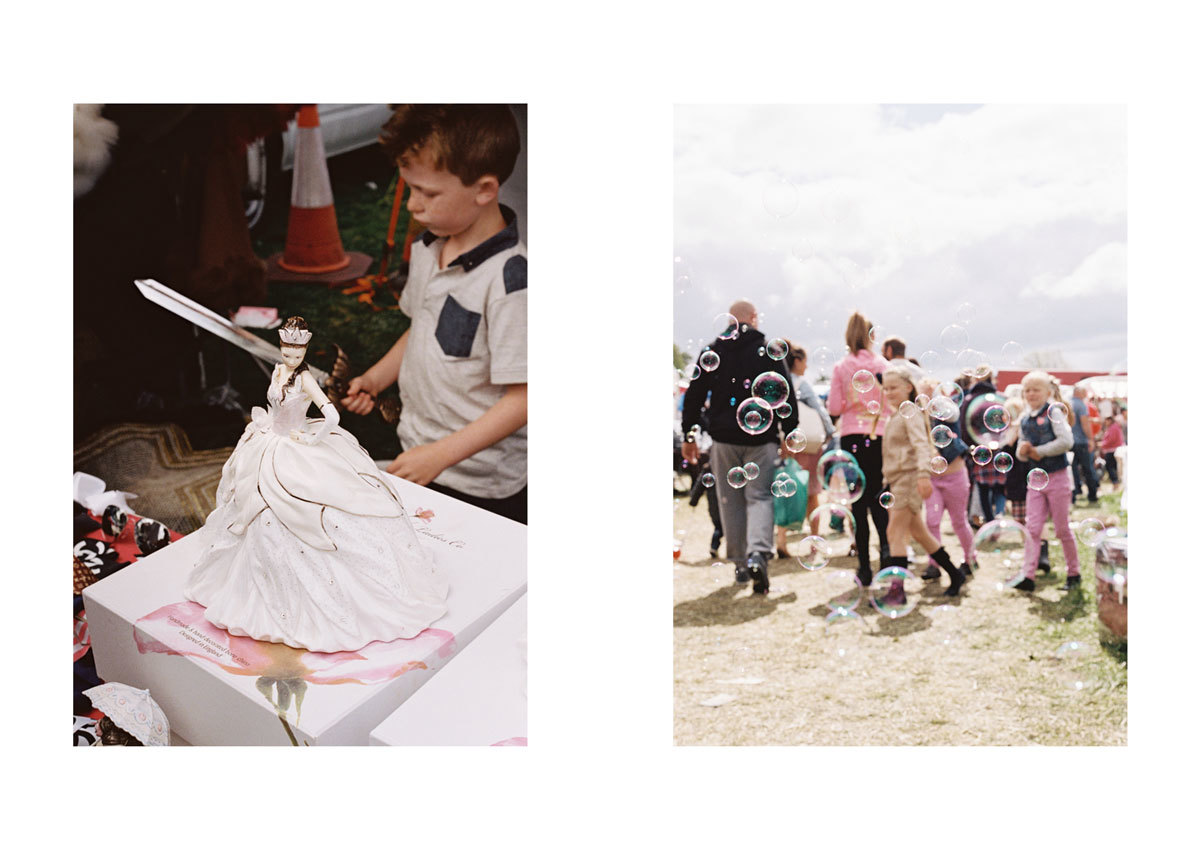
How important is the relationship you build when photographing people?
Very important. I wouldn’t want to take pictures that compromise the integrity of the person I’m shooting. It’s important to honour and respect their lives and show them fairly. I wouldn’t want my subjects to feel that I’m voyeuristically taking pictures of them. Image makers are communicating a story or issue and we bear the responsibility of that. I work in a collaborative way with my subjects to make the process a fair and balanced exchange. I seek permission from every person I photograph; the subject always has a choice whether they would like to participate in my project. Most people luckily are intrigued and say yes straight away. Others are suspicious and wary and take persuasion to be part of it. A few people of course say no. Many express fear and embarrassment at the prospect of bring scrutinised and photographed, which I can totally relate to because I hate being photographed. It’s a very intimate exchange between photographer and sitter and I am always so grateful to people who give me their time and trust.

Are you still in touch with any of the people you photographed?
I do communicate with a lot of people I photograph but not any travellers I’ve met whilst photographing Gypsy Gold beyond sending them their images.
What’s your photography process like?
When I see something I like or I connect to emotionally, I will press the shutter. I work very spontaneously and reactively to the moment that I’m in but occasionally my process can alter — sometimes I can see a scene in my head and I like to recreate that in front of camera. It can be a combination of these ways of working.

You pair up your pictures, is that a conscious decision when working or does it happen in the editing process?
It happens in the edit and I use diptychs as a way to tell a more complete story. The photos that make up the pairs resonate with each other. To me they tell a stronger story together.

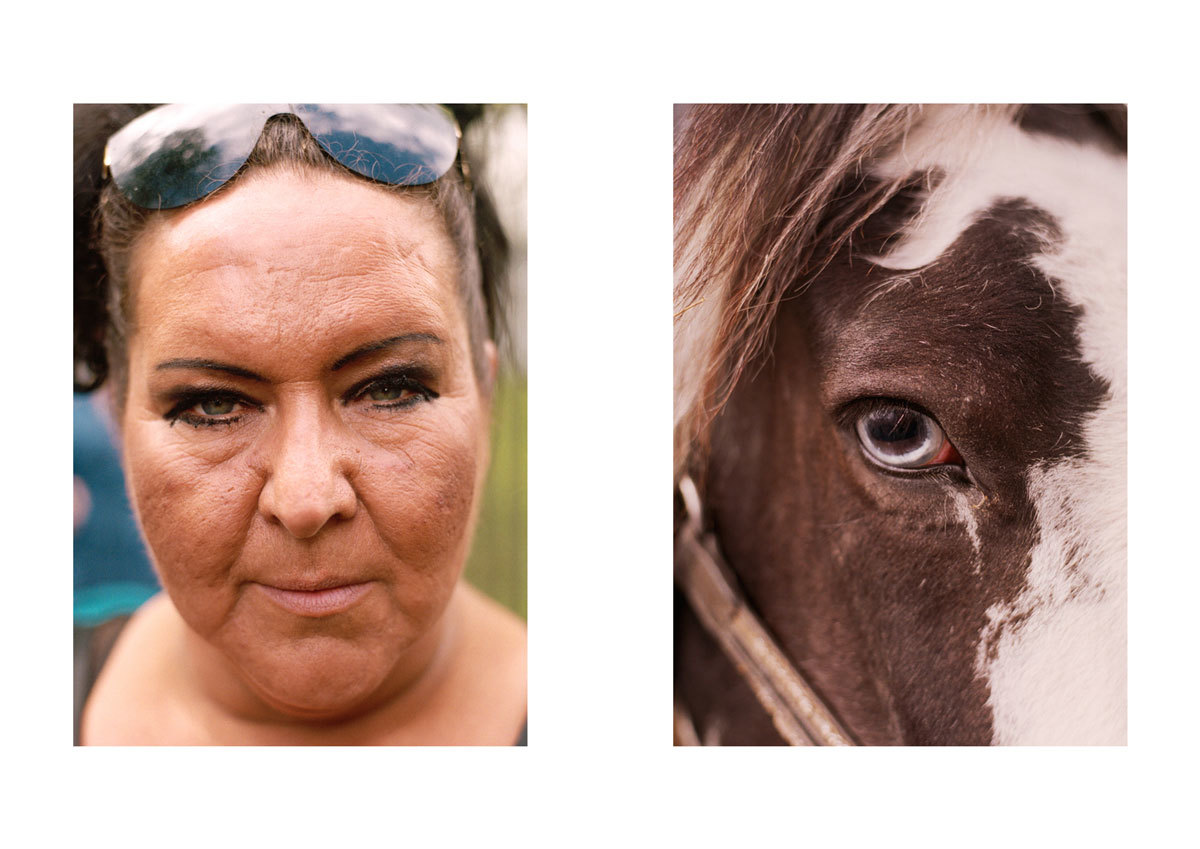
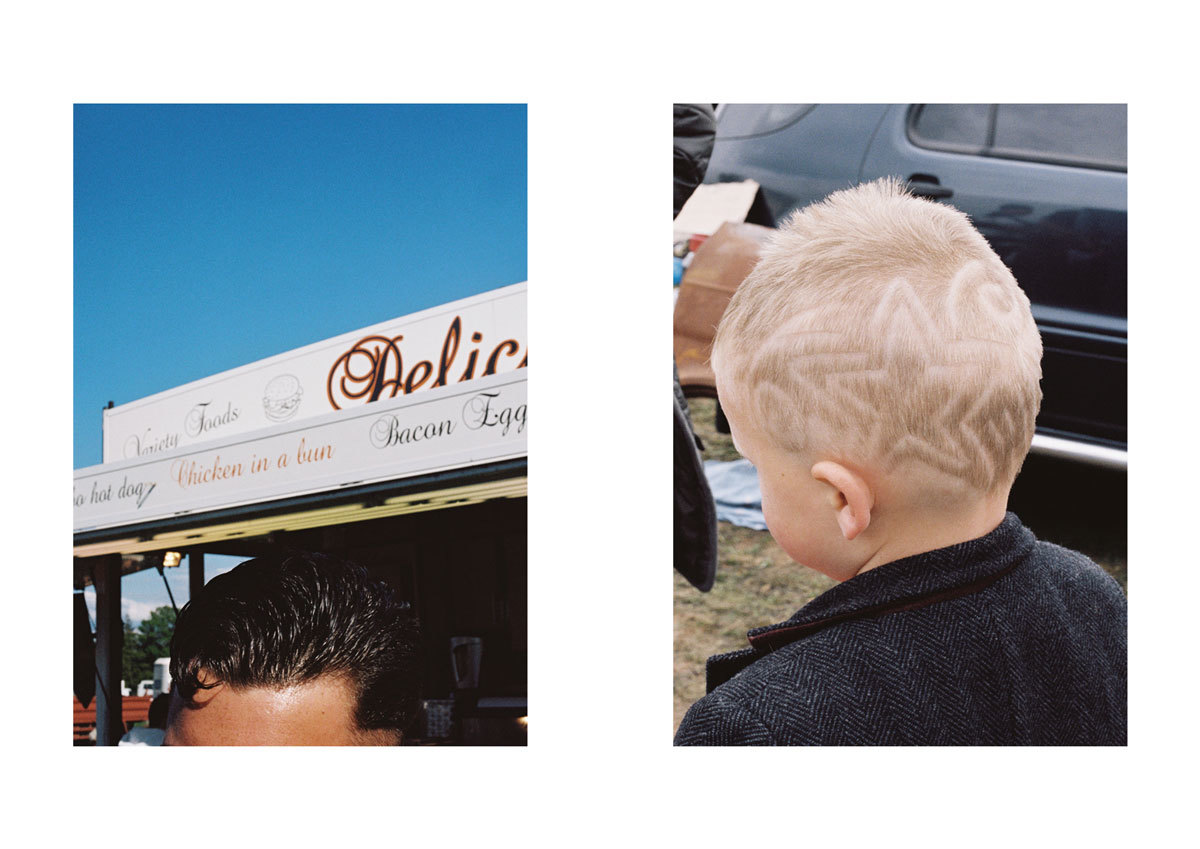
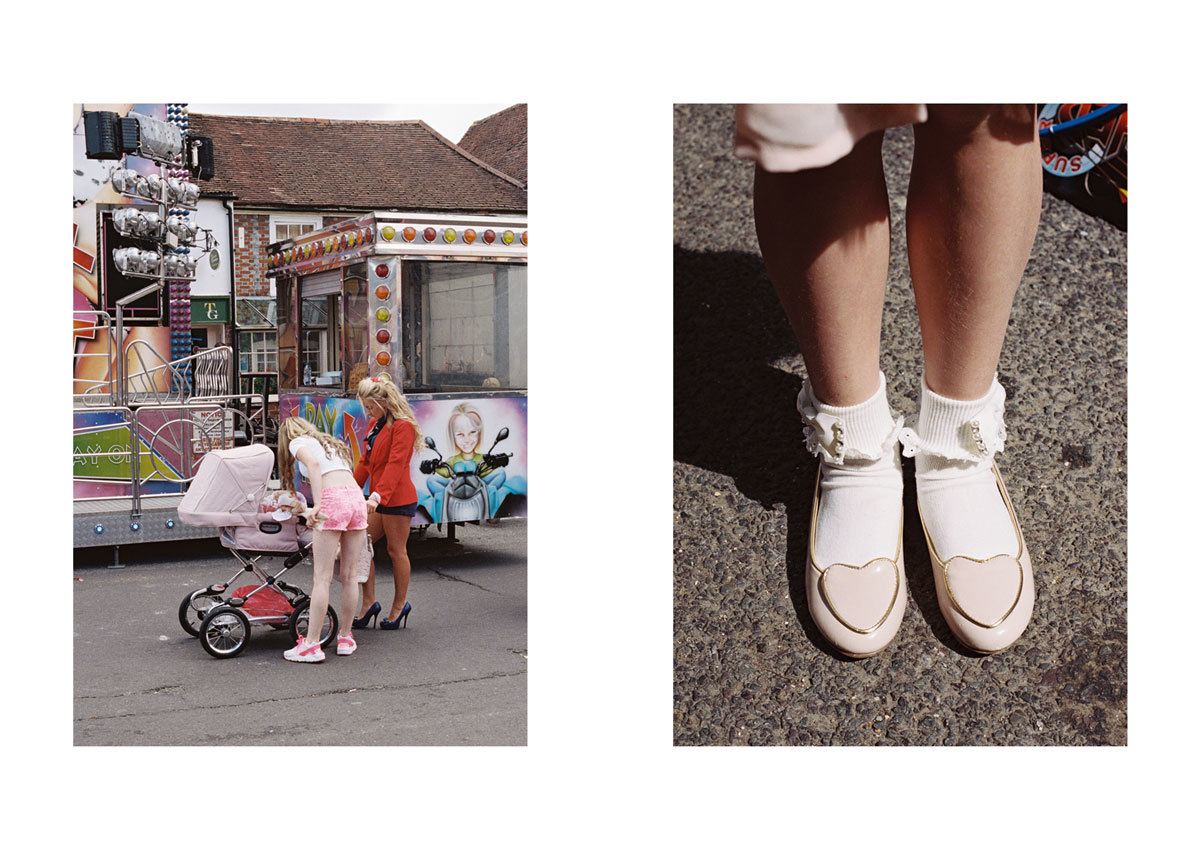
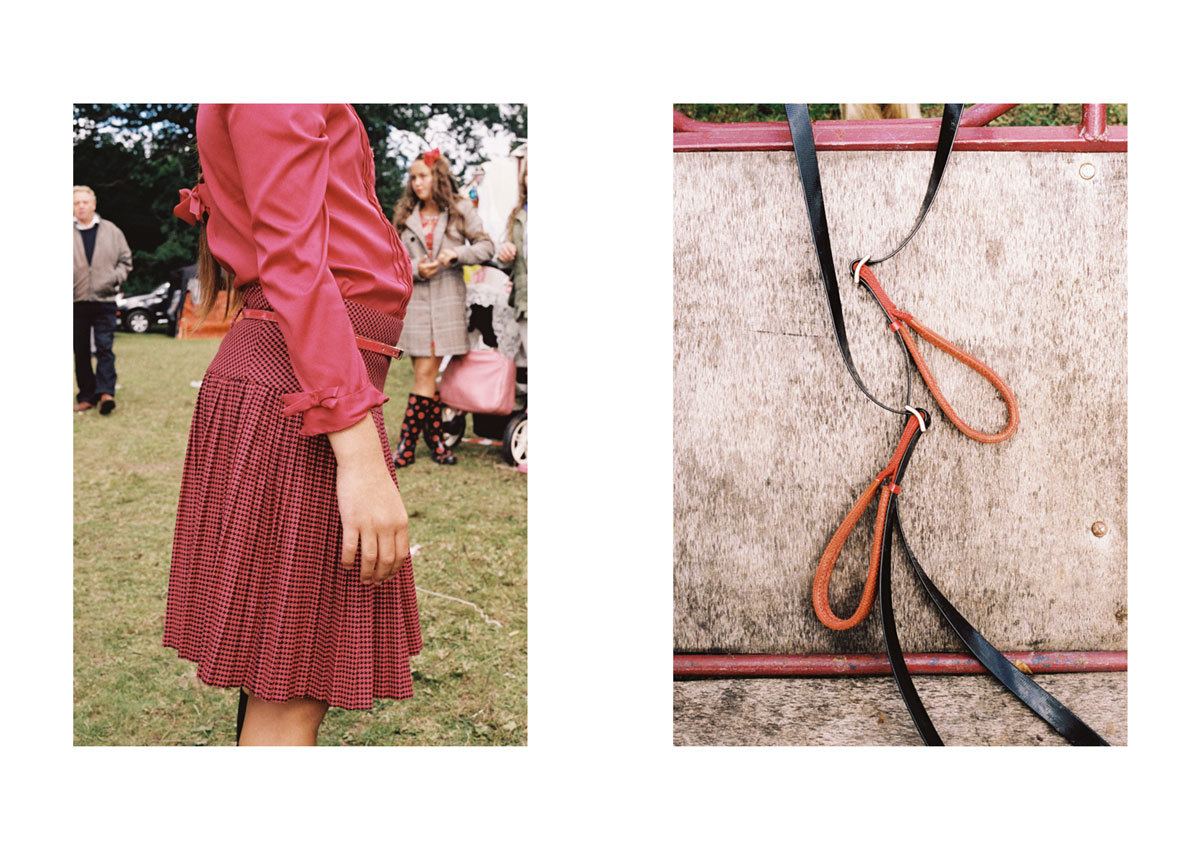
Credits
Text Rebecca Boyd-Wallis
Photography Sophie Green
